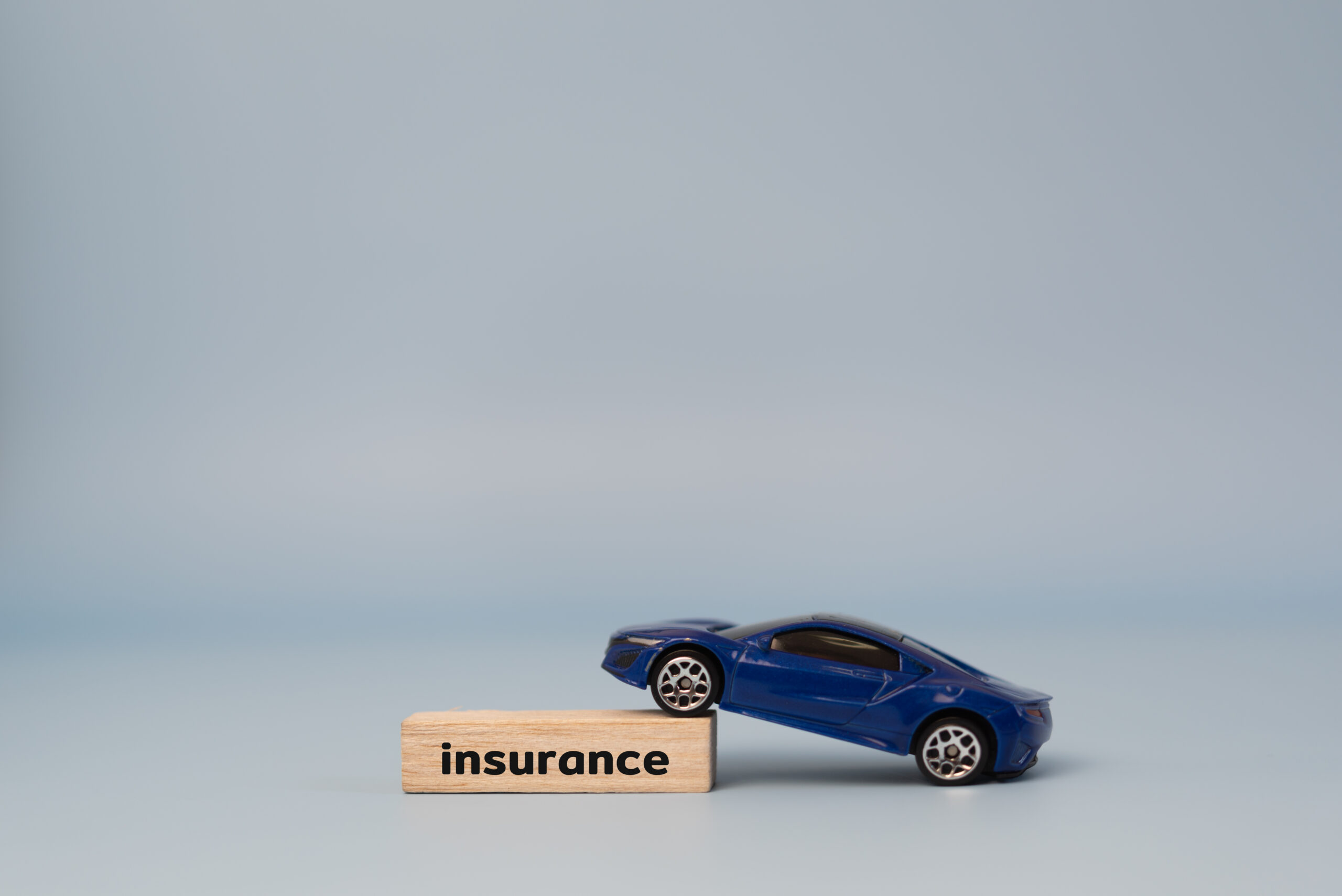

an account. You can:
Access your saved cars on any device.
Receive Price Alert emails when price changes,
new offers become available or a vehicle is sold.


GAP Insurance: What It Is and When You Need It
If you’ve recently purchased a new or used car, you’ve probably been offered GAP insurance at the dealership or by your lender. But what exactly is GAP, and do you really need it? In this post, we’ll break down what GAP insurance covers, when it makes sense to have it, when it doesn’t, and how long after your vehicle purchase you can still add it.
🚗 What Is GAP Insurance?
GAP insurance (short for Guaranteed Asset Protection) is an optional type of car insurance that covers the gap between what you owe on your auto loan or lease and the actual cash value (ACV) of your vehicle if it’s totaled or stolen.
Let’s say you owe $25,000 on your car loan, but your car is only worth $20,000 at the time of an accident. Your standard auto insurance would cover the $20,000, but you’d still owe $5,000. That’s where GAP insurance kicks in—it covers that $5,000 difference.
✅ When You Need GAP Insurance
You may want to consider GAP if:
-
You made a small or no down payment
If you financed most or all of your car, you’re likely “upside down” on your loan for a while—meaning you owe more than the car is worth. -
You have a long loan term (60+ months)
The longer the loan term, the slower you build equity. This increases the chance of being upside down early in the loan. -
You drive a lot
High mileage quickly reduces a vehicle’s value, widening the gap between value and loan balance. -
You’re leasing
GAP insurance is often required on leased vehicles because you don’t own the car, and depreciation hits hard.
❌ When You Might Not Need GAP Insurance
GAP might not be necessary if:
-
You made a large down payment (20% or more)
You’re less likely to be upside down on the loan. -
You have a short loan term
With 36–48 month terms, you build equity faster. -
Your car holds its value well
Some vehicles depreciate slower than others (e.g., certain trucks or luxury models). -
You could afford to cover the gap out-of-pocket
If you’re financially able to cover a potential shortfall, GAP may be less essential.
⏳ How Long After Buying a Vehicle Can You Add GAP?
Generally, you can add GAP:
-
At the time of vehicle purchase (most common)
-
Within a certain time window after purchase, typically:
-
Up to 12 months (depending on the provider)
-
As long as the vehicle is under a certain mileage limit (often around 15,000 miles)
-
Before the loan balance drops below the vehicle’s value
-
Many auto insurance companies also allow you to add GAP coverage to your policy after you’ve bought the car. Just check with your insurer for eligibility and requirements.
💡 Final Thoughts
GAP can provide valuable protection, especially in the early years of owning or leasing a car. It’s not necessary for everyone, but if you financed most of your vehicle or signed a long-term loan, it could save you thousands if the worst happens.
Still unsure if GAP insurance is right for you? Contact us to weigh the cost versus the risk based on your unique situation.
